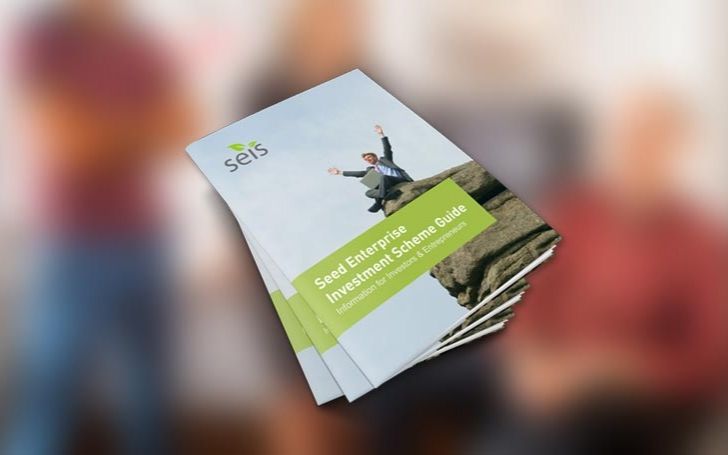There are certain conditions that must be met both by you and your investor.
Raising finance
You should be clear about the consequences of giving up capital in your company rather than taking a loan as you could be giving up a share of future profits. This is a complex area which we will cover elsewhere. However the EIS can be a great way to raise finance if you can’t get the money from your bank.
Basic conditions
There are strict conditions that companies must meet before they can offer EIS shares to investors which are summarised by HMRC http://www.hmrc.gov.uk/eis/part2/2-1.htm. Your company must be trading and not in one of the trades specifically excluded. Once you’ve banked the investors’ money you have to comply with more conditions which are very important as the investor could lose their tax breaks if these aren’t met.
How the money is used
Once you get the money from your investors it must be employed for a qualifying purpose such as:
- increasing net trading assets of the business
- being added to existing funds to meet trading losses or current trading costs
- earmarked for a particular purpose the expenditure for which may not arise until a later accounting period.
Convincing HMRC
If you do want to earmark the money for projects you’ll need to convince HMRC that the money raised is actually for that project even if it hasn’t been spent. To do this you will need to keep records to show there is a specific purpose and not just a vague idea that it will be used for something definite. This could be by setting up a separate spreadsheet or bank account showing exactly how the EIS funds are being used.
To reduce the risk of HMRC challenging what the funds are for you could also consider a series of share issues over time so the money is raised only when you need it.
The two year rule
The key point to remember is that the EIS funds must have either been spent or earmarked for spending within two years.
What it means for investors
Your investor will qualify for a credit against their tax bill equal to 30% of what they invested. They can also defer tax that would have been payable on capital gains although this is limited to the amount they invested in an EIS. The shares can also qualify for business property relief (which means they are free of an IHT charge) and any growth in value is usually CGT-free.
Summary
Although the scheme can be daunting to set up with all the conditions that must be met to gain the tax relief, the benefits of drawing in investors can be huge. Please let us know if you interested in the scheme and we would be more than happy to help.
Topics
Archive
- 2024
- March 2024 (1)
- January 2024 (1)
- 2023
- December 2023 (2)
- November 2023 (2)
- September 2023 (2)
- August 2023 (1)
- July 2023 (3)
- June 2023 (3)
- May 2023 (2)
- April 2023 (1)
- March 2023 (4)
- February 2023 (2)


Comments for EIS Schemes for businesses looking for investment